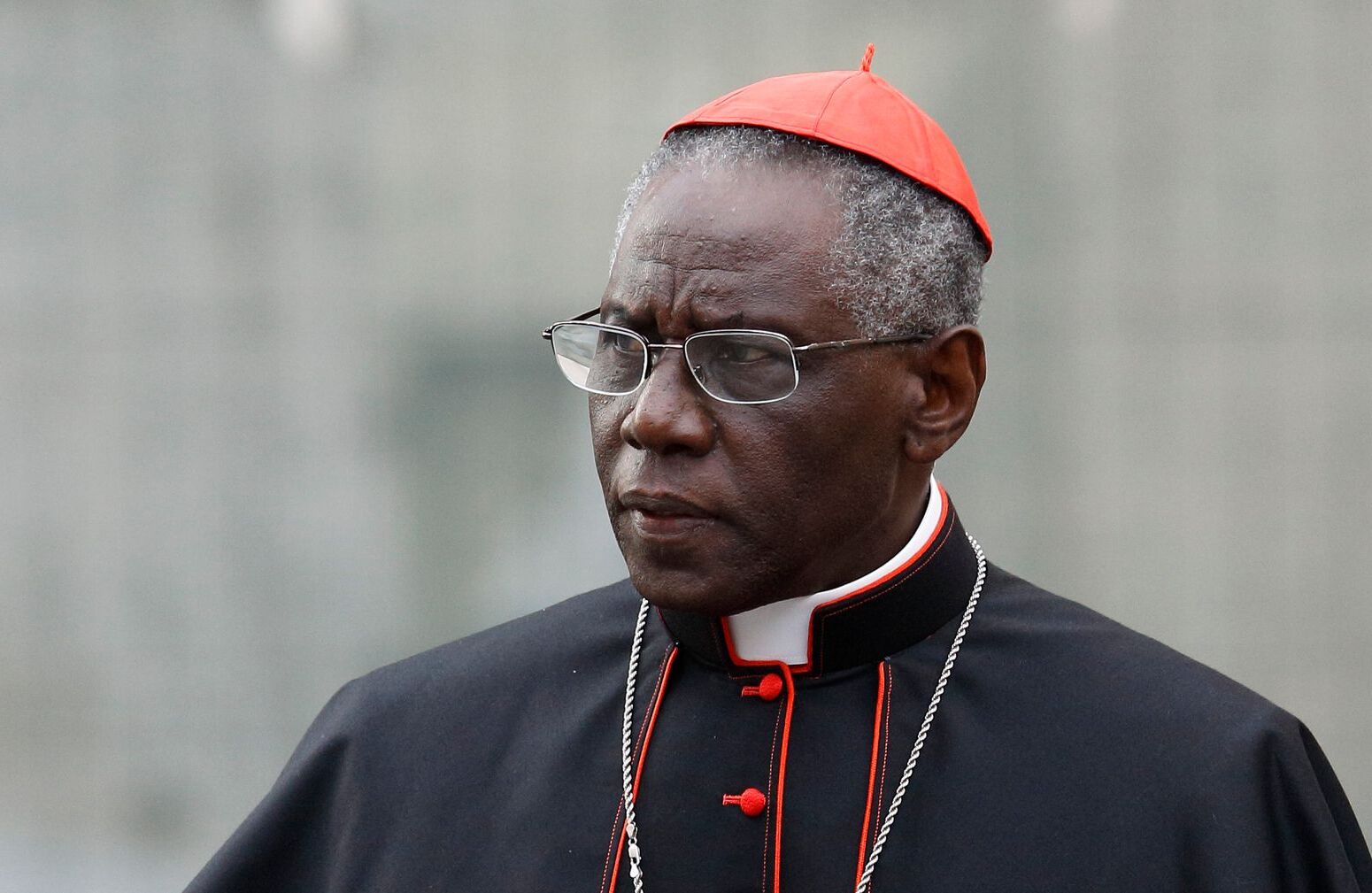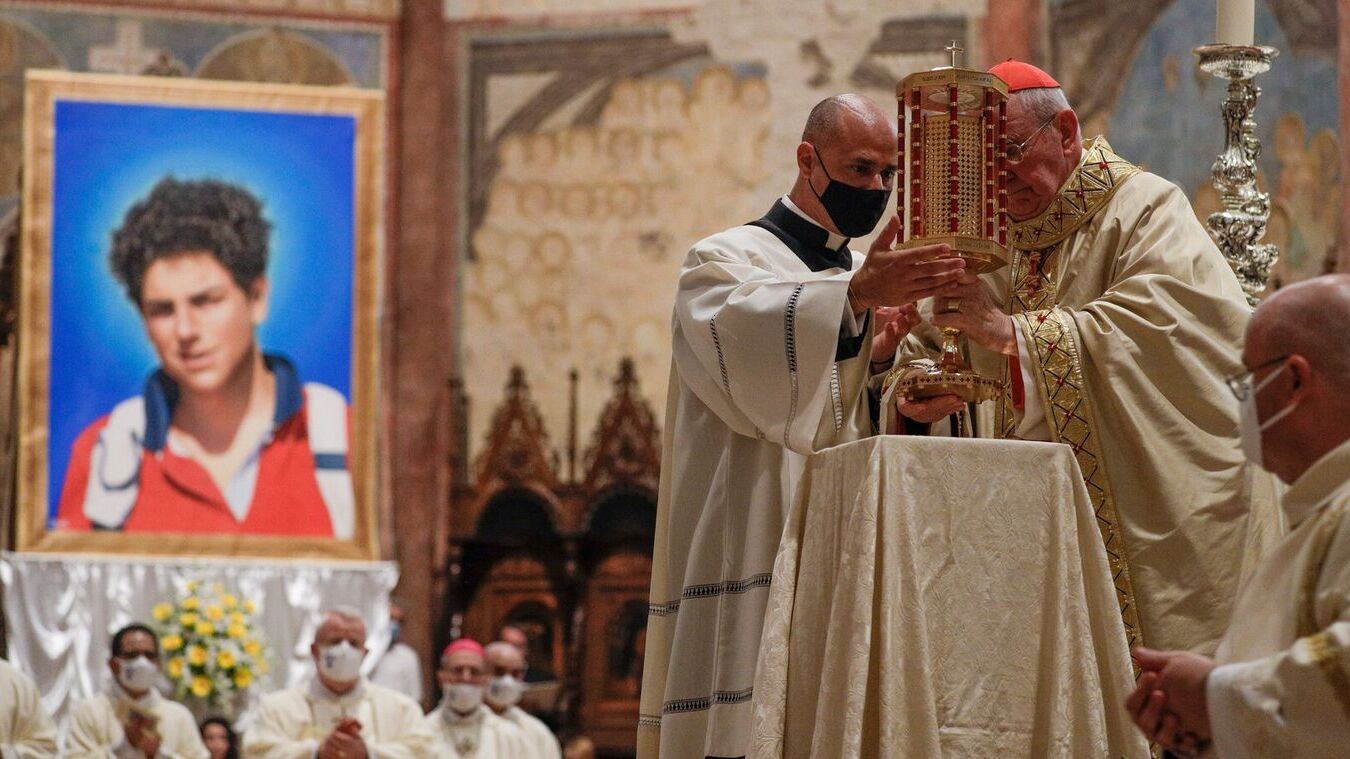
What is a Canon (Priest)? A Canon (Priest) is a clergy member who serves in a cathedral or collegiate church. They are responsible for leading worship, maintaining church traditions, and supporting the bishop. Canons often have specific roles, such as overseeing education or managing church finances. Their duties can vary widely depending on the church's needs. In some traditions, canons are part of a chapter, a group of clergy that governs the cathedral. This role dates back to medieval times, reflecting the church's rich history. Understanding the role of a Canon (Priest) helps appreciate the structure and function of many Christian denominations.
What is a Canon (Priest)?
A Canon is a clergy member who serves in a cathedral or collegiate church. Their role often involves administrative duties, liturgical functions, and sometimes teaching. Let's dive into some intriguing facts about these religious figures.
Historical Background
Understanding the history of Canons helps us appreciate their role in the church today.
- The term "Canon" comes from the Greek word "kanon," meaning a rule or standard.
- Canons were first established in the early Christian church to help manage cathedrals and large churches.
- During the Middle Ages, Canons often lived communally in a cloistered environment, following a strict daily schedule.
- The Rule of St. Augustine, written in the 5th century, became a foundational text for many Canons, guiding their communal life and duties.
Roles and Responsibilities
Canons have a variety of duties that extend beyond just leading worship services.
- They often participate in the daily offices, which are a series of prayers recited at specific times throughout the day.
- Many Canons are responsible for maintaining the church's financial records and property.
- Some Canons serve as educators, teaching theology and other subjects in church-affiliated schools.
- They may also be involved in pastoral care, offering guidance and support to parishioners.
Types of Canons
Not all Canons are the same; there are different types based on their specific roles and affiliations.
- Residentiary Canons are full-time clergy who live at the cathedral and participate in its daily life.
- Honorary Canons are usually clergy who have been given the title as a mark of distinction but do not have the same responsibilities as Residentiary Canons.
- Lay Canons are non-ordained members who have been granted the title due to their significant contributions to the church.
- Minor Canons often focus on specific tasks like music or education within the cathedral.
Modern-Day Canons
The role of Canons has evolved, but they remain vital to the church's function.
- Today, many Canons are involved in interfaith dialogue and community outreach programs.
- Some modern Canons use social media and other digital platforms to connect with a broader audience.
- In some churches, Canons are elected by their peers rather than appointed by higher church authorities.
- The role of women as Canons has increased, with many churches now ordaining female Canons.
Famous Canons
Several Canons have made significant contributions to theology, literature, and society.
- John Donne, a famous poet and cleric, served as a Canon of St. Paul's Cathedral in London.
- Thomas Becket, who later became Archbishop of Canterbury, started his ecclesiastical career as a Canon.
- Desmond Tutu, the renowned anti-apartheid activist, was a Canon before becoming Archbishop of Cape Town.
- Geoffrey Chaucer, known for "The Canterbury Tales," was influenced by his interactions with Canons and other clergy.
These facts offer a glimpse into the multifaceted world of Canons, highlighting their historical significance, diverse roles, and lasting impact on both the church and society.
The Final Word on Canon Priests
Canon priests play a vital role in the church, blending tradition with modern responsibilities. They help maintain church order, assist in liturgical services, and support the bishop. Their duties often extend beyond the church walls, involving community outreach and education. These priests are usually part of a cathedral chapter, a group that advises the bishop and ensures the smooth running of the cathedral.
Understanding their role helps appreciate the structure and function of the church. Canon priests, with their unique blend of spiritual and administrative duties, ensure the church remains a pillar of support for its community. Their contributions, though sometimes behind the scenes, are essential for the church's mission. So next time you see a canon priest, remember the significant impact they have on both the church and the wider community.
Was this page helpful?
Our commitment to delivering trustworthy and engaging content is at the heart of what we do. Each fact on our site is contributed by real users like you, bringing a wealth of diverse insights and information. To ensure the highest standards of accuracy and reliability, our dedicated editors meticulously review each submission. This process guarantees that the facts we share are not only fascinating but also credible. Trust in our commitment to quality and authenticity as you explore and learn with us.


